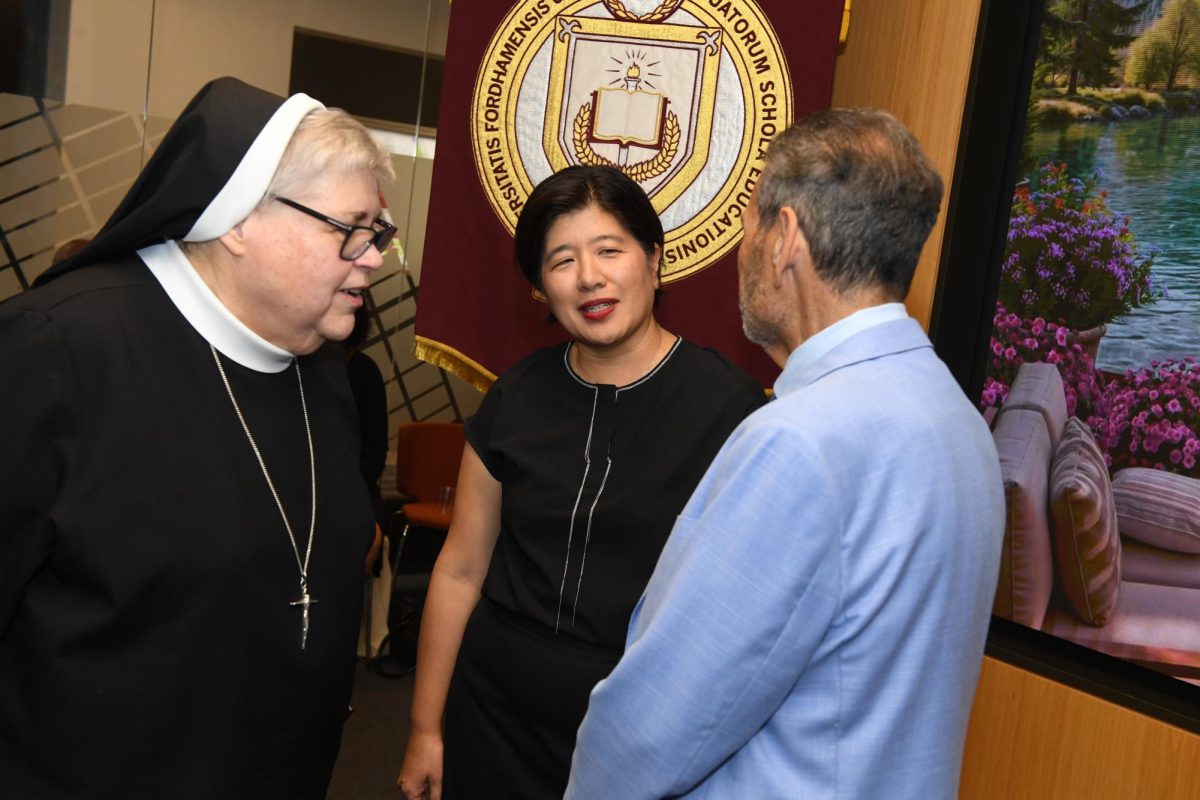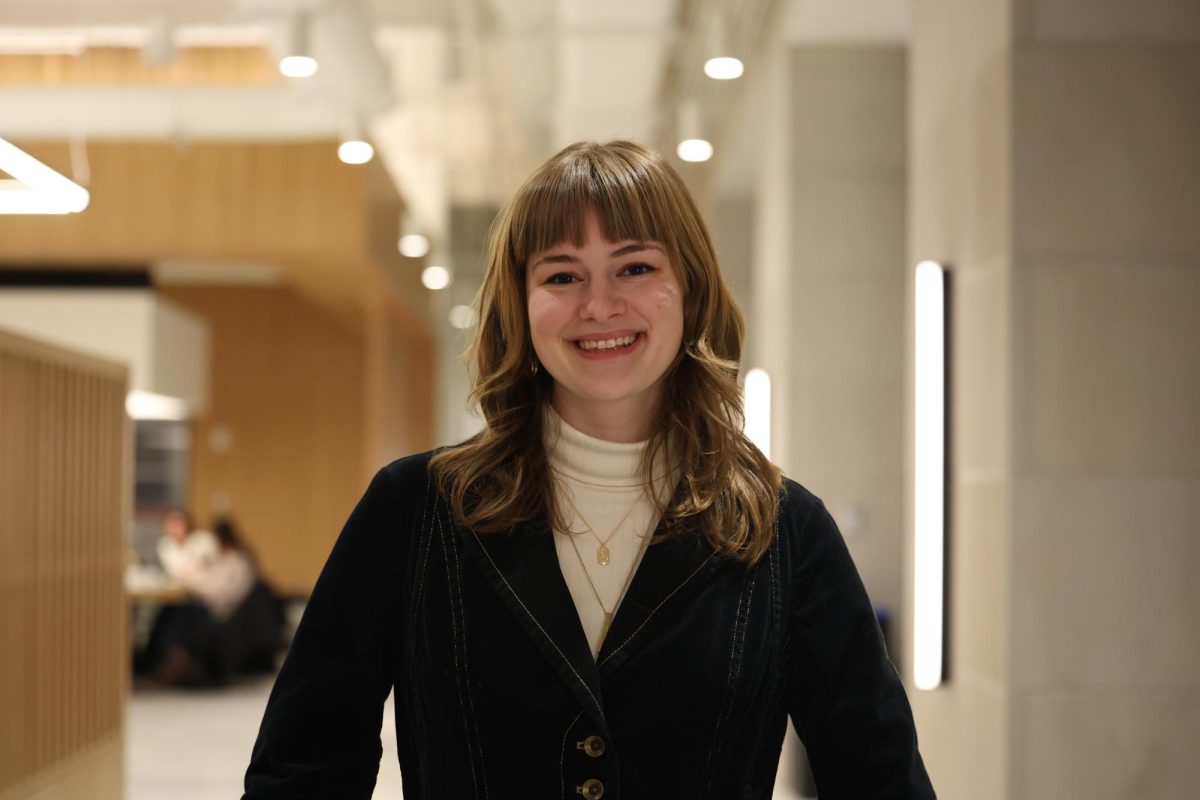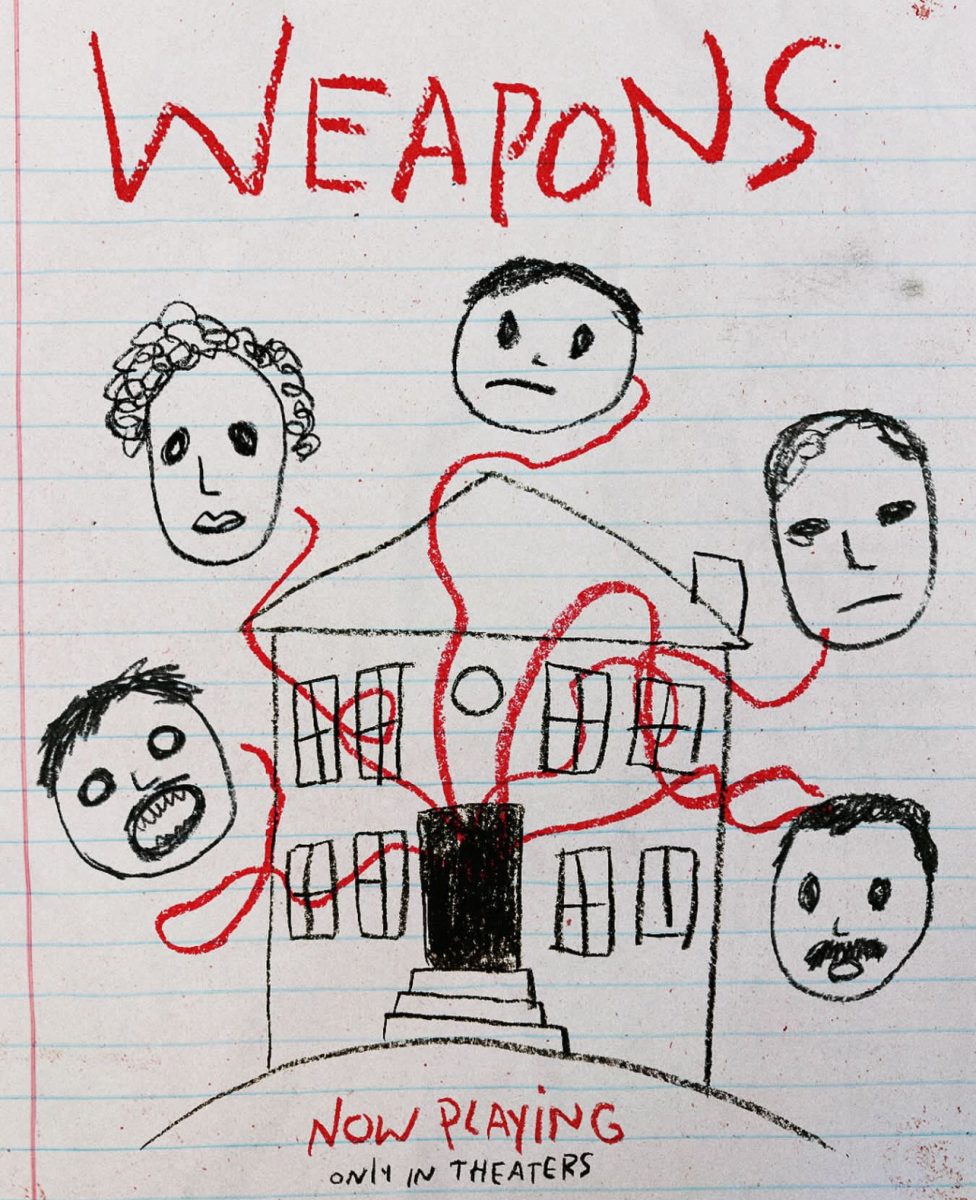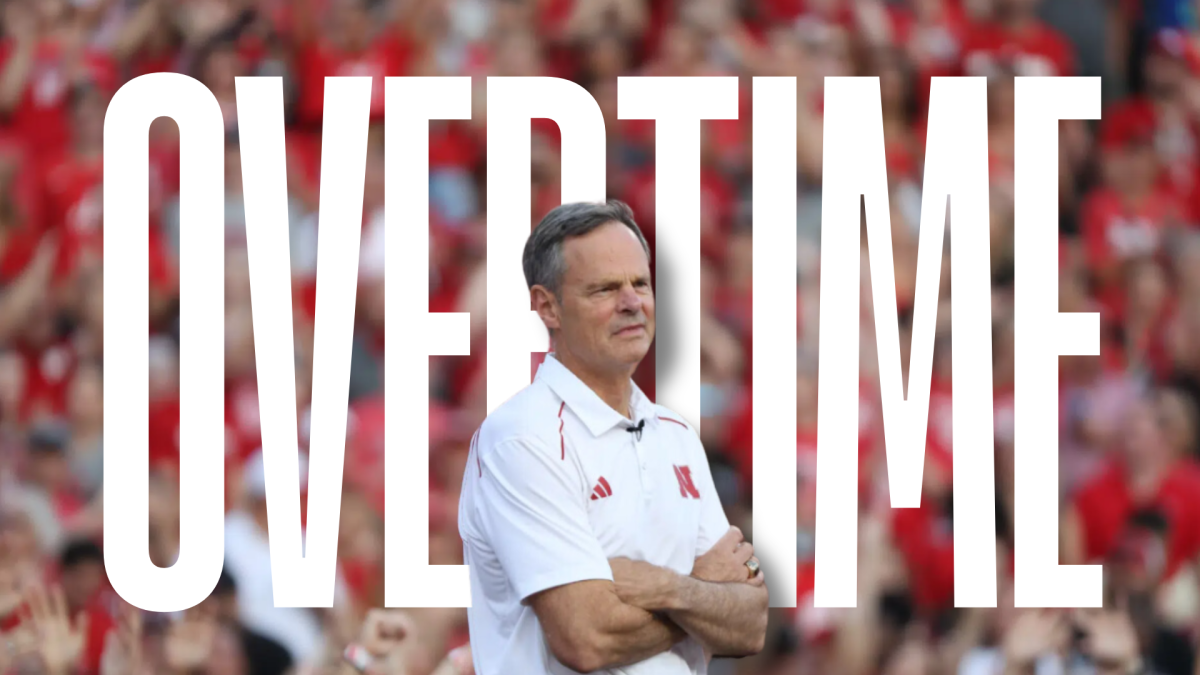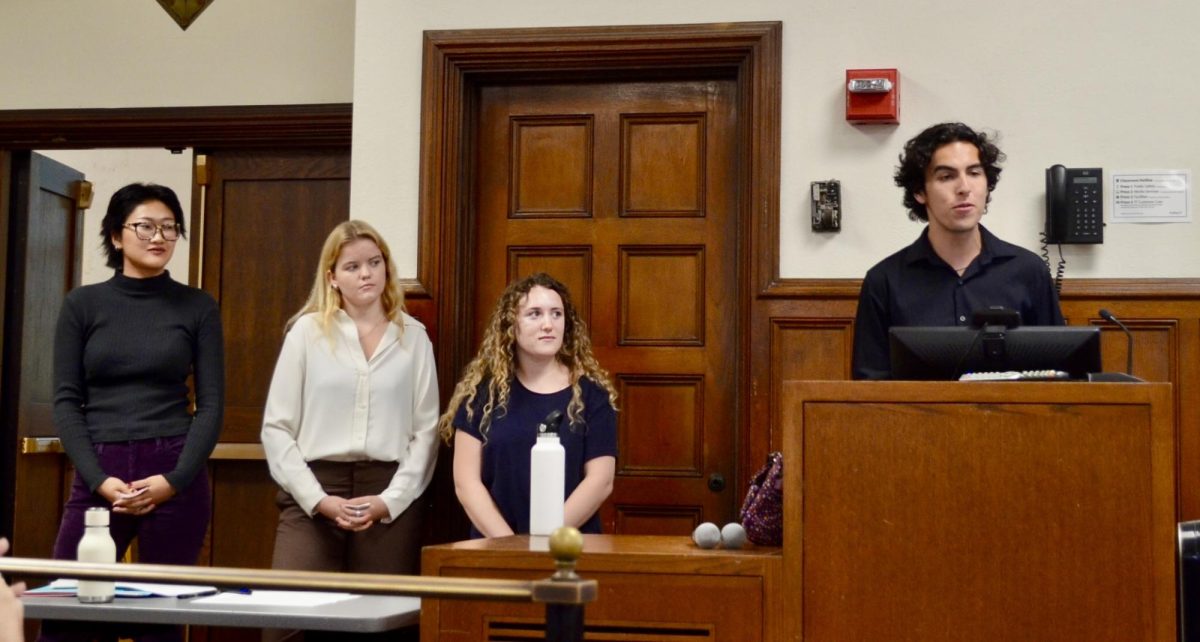By Joe Esposito

Fordham has seen an increase in demand for mental health services over the past five years, according to Doctor Jeffrey Ng, Psy.D., director of Counseling and Psychological Services (CPS).
Ng said CPS has seen this trend across both campuses.
“We have seen steady increases in demand, interest and utilization of counseling services on both campuses over the past five to seven years,” said Ng.
According to Ng, this is in line with national trends, as reported by the Center for Collegiate Mental Health. Inside Higher Education also reported a nationwide increase in utilization of mental health services.
Ng said the top four problems most commonly presented, in order, are anxiety, depression, academic concerns and relationship problems.
Last academic year, Counseling and Psychological Services provided 917 more routine clinical appointments than in the 2012-2013 academic year. This is a 13 percent increase from the 2016-2017 academic year.
Furthermore, last academic year the CPS saw 295 more students overall than it did in the 2012-2013 academic year, about a 23 percent increase.
In response to the increase, Ng said CPS has increased its offerings.
“CPS has increased its staffing and training program in the last 5 years to accommodate the increase in service utilization,” said Ng.
The staff at CPS currently includes nine full time clinical staff, four post-doctoral fellows who are full time clinicians, three part-time clinical staff members, a part-time psychiatrist, psychiatric residents and numerous mental health graduate student interns and externs.
Despite the increase in resources, CPS still has a waitlist.
“This speaks to the increase in demand for services,” said Ng.
Students on the waitlist have received initial evaluations and, if urgent care is needed, are provided for right away, according to Ng.
According to Ng, the increase in utilization is due to a variety of factors. Ng said one such reason is social media and technology.
“Social media and technology has contributed to student’s anxieties in at least three ways,” said Ng. Negative news, the glamour of other people’s social media profiles and less in person interaction have had an effect on some students’ mental health, according to Ng.
Other factors contributing to the increase include increased efforts on the part of schools to de-stigmatize mental health and encourage students to seek help.
Increased pressures and demands including, cost of education, academic pressures and socio-political/ecological stressors also contribute, according to Ng.
Some students benefit from longer-term treatment, according to Ng.
“When we are able to come to that conclusion on the front-end, we feel like it is ethical and clinically indicated to make that recommendation to our students,” he said.
In an effort to serve everyone most effectively, CPS may facilitate an off-campus referral if it becomes clear a student needs longer-term care, according to Ng.
“Our referral database has hundreds of providers and clinics in the NYC metro area,” said Ng. “We try to do what will be best for our students in the long run.”
There are sometimes challenges to securing providers off-campus, according to Ng. These may include navigating cost, insurance and transportation.
Students may also seek emotional support outside of CPS. Fr. José Luis Salazar, S.J., Ph.D., director of campus ministry, said that some students turn to campus ministry.
“When students feel great distress and anxiety, they may run to a campus minister first,” said Salazar. “But we also know when they need the kind of professional care and attention that only our colleagues in the Counseling & Psychological Services can provide. In those cases, campus ministers refer students to CPS.”
Ng said seeking emotional support and utilizing mental health resources is a sign of strength and maturity.
“I think it is really important that, as much as possible, students understand and recognize that seeking help for mental health or emotional distress is a sign of strength,” said Ng. “Being able to recognize our vulnerabilities and challenges is an indication of maturity,” he said.
Inational trends (Inside Higher Education (https://www.insidehighered.com/taxonomy/term/292)





